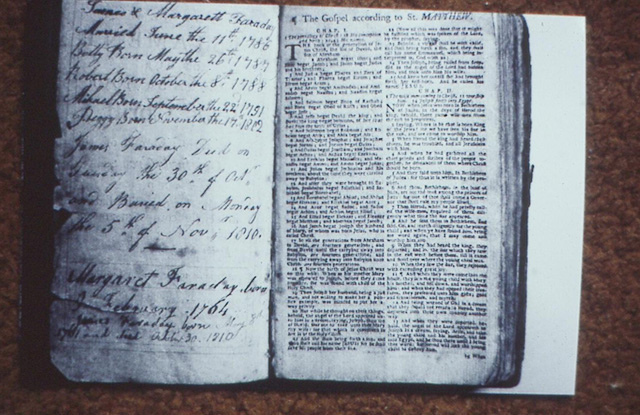
Image: Wikimedia Commons
Michael Faraday is a household name to those in the science, but the breadth and depth of his pioneering work is sometimes overlooked in lieu of modern day developments. In an effort to preserve and highlight the enormous impact of Faraday’s work, the UNESCO has announced that the pillar of electrochemistry’s notebooks (held by the Royal Institution) have been added to the UK Memory of the World Register.
The Memory of the World Register was established in 1992 and is a catalogue of the world’s most prized documentary and audiovisual heritage. Faraday’s notebooks will join the ranks of documents such as the Magna Carta and the Death Warrant of King Charles I.
The significance of notebooks lies in Faraday’s documentation and development of some of the most important physical and chemical discoveries of the 19th century. Many have referred to Faraday as one of the greatest experimentalists ever, especially due to his work on electricity that found expression in day-to-day technology. His work on electromagnetic rotations and induction transformed electrical devices as we know them, opening the door for the development of motors, transformers, and generators.
“I am delighted that Michael Faraday’s laboratory notebooks have received this UNESCO recognition,” says Frank James, professor of the History of Science at the Royal Institution. “They contain the origins of now familiar technology such as the electric motor and generator. Furthermore, in his formulation of the field theory of electro-magnetism, Faraday provided the theoretical foundation of modern communications technology, illustrating the value and legacy of his non-material understanding of the world.”
Not only was Faraday an expert scientist, he was also a prominent science communicator, wishing to disseminate his work to as broad an audience as possible (we think he would have liked our Free the Science initiative). Knowing that, it’s quite fitting that his work ended up where all the world could see.


